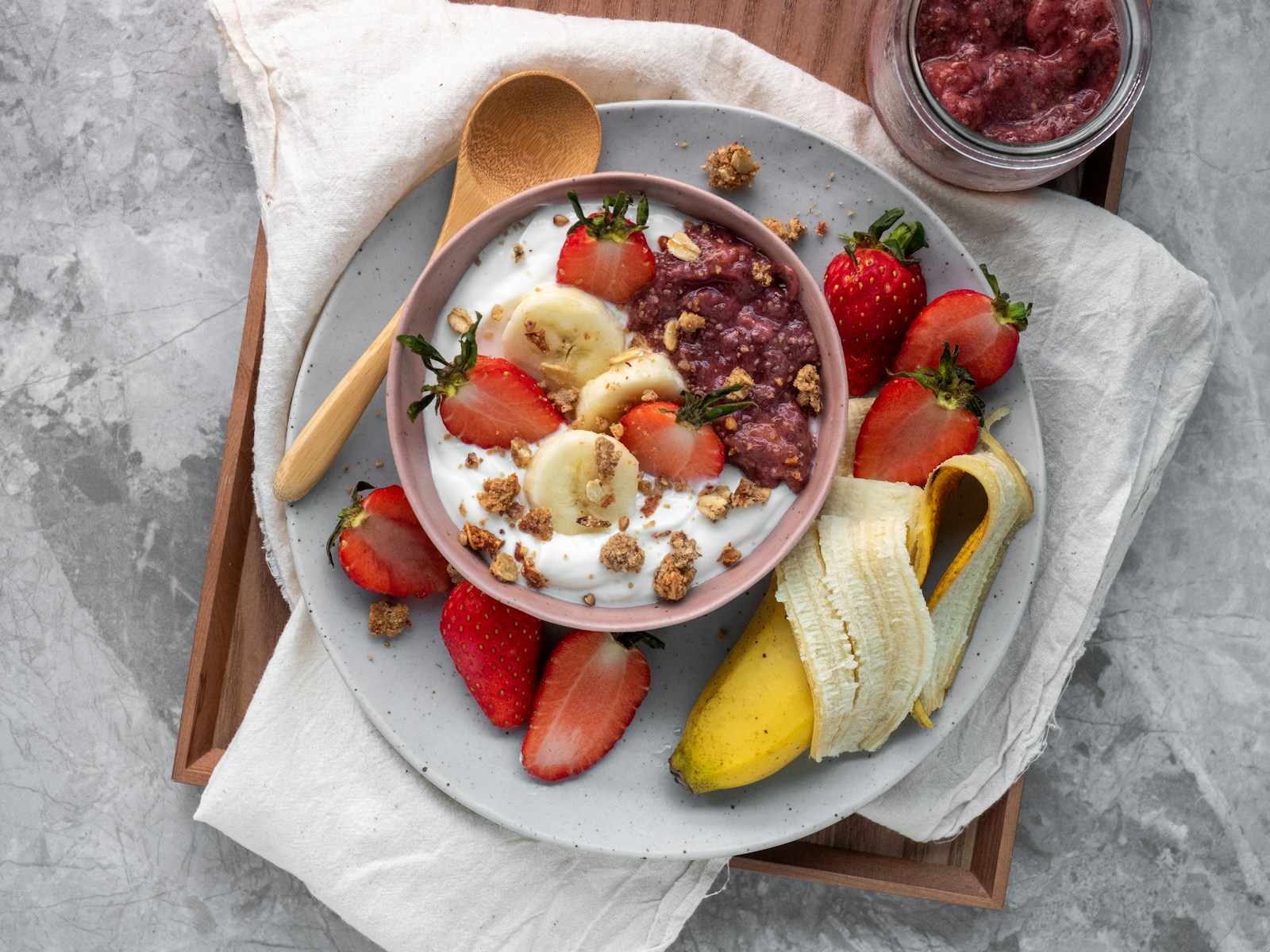Have you ever wondered about the magnificent chemical reaction orchestrated by invisible microorganisms that transforms runny milk into thick yogurt overnight?
In the previous article, we discussed the “health benefits” of yogurt, but you might have more profound questions like, “But why does milk solidify in the first place?” or “What exactly does Lactobacillus bulgaricus do?” This article will scientifically unravel that “why.”
The “Whys” of Science You’ll Understand in This Article
- The chemical mechanism that turns milk into yogurt
- The amazing teamwork of the main lactic acid bacteria
- The scientific reason why yogurt solidifies (coagulates)
- The difference in “fermentation types” that determines the taste of yogurt
The Reason: The “Acid” Magic Cast by Lactic Acid Bacteria
The core of yogurt making is “lactic acid fermentation” by lactic acid bacteria. This is a chemical reaction where the bacteria break down “lactose,” a sugar in milk, to produce “lactic acid” in the process of obtaining energy.
As this lactic acid accumulates, the pH (potential of hydrogen) of the milk gradually decreases, making it more acidic. While milk has a pH of about 6.7, yogurt’s pH drops to around 4.6. This drop in pH is the single most important factor that creates the texture and flavor of yogurt.
The Example: The Brilliant Teamwork of the Main Players
Most commercial yogurts are not made by a single type of bacterium, but by the collaborative work of several. The most representative are the following two types of lactic acid bacteria.
| Bacterial Species | Shape | Specialty |
|---|---|---|
| L. delbrueckii ssp. bulgaricus | Rod-shaped | Producing rich flavor (acetaldehyde) |
| Streptococcus thermophilus | Spherical | Rapidly producing lactic acid to increase acidity |
These two have a remarkable “symbiotic relationship.” First, S. thermophilus, which is good at producing acid, generates lactic acid and lowers the pH. This activates L. bulgaricus, which thrives at a lower pH, to break down proteins and create amino acids. These amino acids, in turn, become nutrients for S. thermophilus, further promoting its activity [1]. This brilliant teamwork results in a high-quality yogurt in a shorter time than fermenting with either bacterium alone.
Learn More: The Difference from Cheese
Cheese is also made by solidifying milk, but it often uses an enzyme called “rennet” to directly break down the proteins. Yogurt, on the other hand, is uniquely solidified solely by the power of “acid” produced by lactic acid bacteria (acid coagulation). This distinction creates the differences in texture and flavor.
The Climax of the Science: Coagulation of Casein Protein
So, why does milk solidify when the pH drops? The answer lies in “casein,” which makes up about 80% of milk protein.
Normally, casein exists as particles called “casein micelles” dispersed in the milk. However, as the pH approaches 4.6 (the isoelectric point), the casein micelles lose their electrical repulsion and start to stick together, forming a mesh-like three-dimensional structure. This network firmly holds water, giving birth to that smooth, gel-like yogurt [2].
Expert’s Perspective: Fermentation Type Determines the Taste
The clean sour taste of yogurt comes from “homolactic fermentation,” where lactic acid bacteria produce almost exclusively lactic acid from lactose. In contrast, the slight fizziness and complex flavors found in kefir are due to “heterolactic fermentation,” which produces alcohol and carbon dioxide in addition to lactic acid. The final flavor of the product is determined by which bacteria are at work.
Summary: The Miracle Created by the Work of Microorganisms
The transformation from milk to yogurt is a scientific miracle that occurs when tiny living organisms called lactic acid bacteria convert lactose into lactic acid and skillfully manipulate proteins with the power of that acid. Understanding this process might make yogurt taste even more delicious and interesting.
With this scientific background, let’s next learn how to actually “choose the right yogurt for you and make it at home.” By connecting knowledge with practice, your fermentation life will surely become even richer.
References
- Courtin, P., & Rul, F. (2004). Interactions between microorganisms in a simple ecosystem: yogurt bacteria as a study model. Le Lait, 84(1-2), 125-134.
- Lucey, J. A. (2004). Formation and physical properties of milk protein gels. Journal of Dairy Science, 87(E-suppl), E76-E84.


